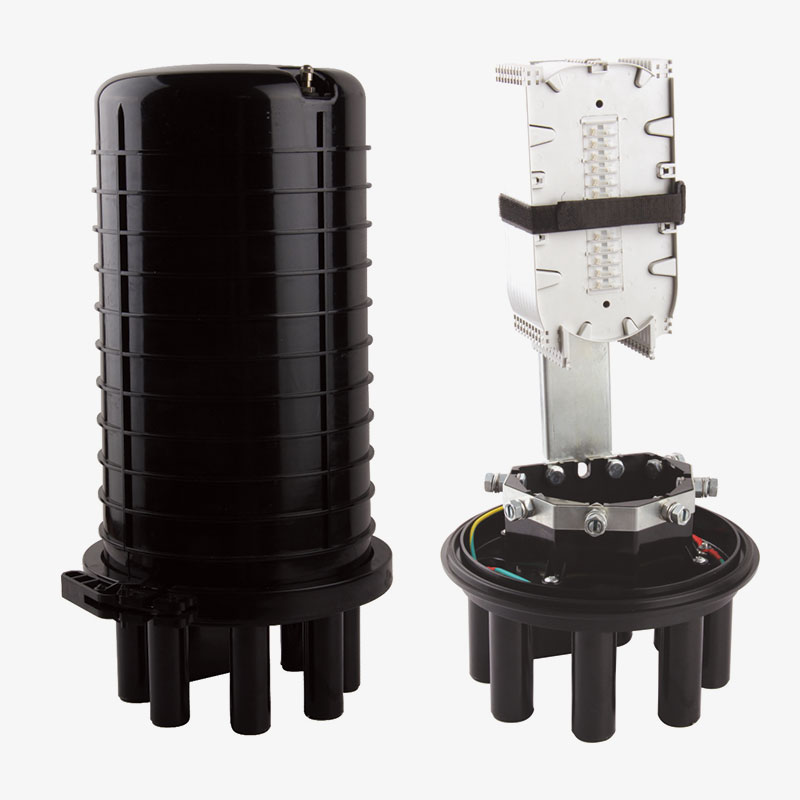Fiber optic cables offer impressive networking capabilities that power telephone, CATV and LANs over long distances. They run underground, over aerial wiring and even in submarine applications. They cross continents and climates, so they must resist a wide variety of environmental hazards.
Splice closures protect the cable connections by offering a rugged and hermetically sealed enclosure. They also ensure proper alignment of the splices and help prevent moisture from damaging the optical fibers within the cables.
How do I choose the right fiber optic closure for my application?
The answer to this question depends on the context of the project and the location where the splice closure will be installed. A good start is to identify what kind of cable-singlemode, multimode or loose tube-that the closure will be used with. Once that's established, check the splice tray capacity. This will determine how many cables can be spliced in the closure, and a higher capacity will allow for greater network growth in the future.
Accessibility is another important consideration. Closures at the start of a distribution system usually don't need to be accessed frequently, so a long-lasting and durable design that doesn't require frequent re-entry is ideal. However, at the drop lines and customer connection points, multiple re-entry is common, so look for a closure that's designed with easy accessibility in mind.
The most popular type of fiber closure is a vertical dome closure. These are primarily intended for buried applications, but they can be used above-ground as well. This design has a distinctive domed shape and is available in several different configurations and capacities, including high-capacity versions with varying inlet and outlet ports to match cable capacities.
